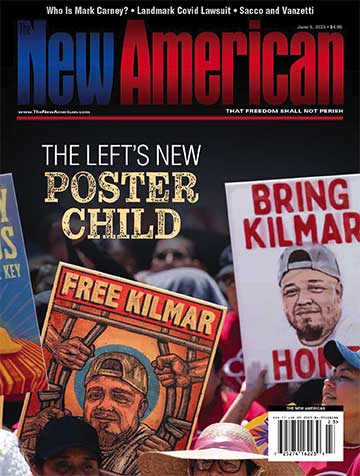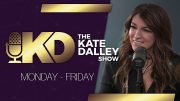
David Rosenberg of Rosenberg Research tracks 20 recession “indicators.” Two years ago, just two of them flashed negative. Last year, the number predicting a recession rose to five. Last Friday that number jumped to nine.
Said Rosenberg: “What is the best recession indicator? That’s a hard question to answer, so why not just look at all of them?” In reviewing them last week he wrote, “Currently, 45% of the recession indicators we track have been triggered. Going back to 1999, that’s never happened without a recession occurring.”
Five of the nine flashing red include the Conference Board’s “present situation” index, its leading economic indicator, full time employment, temporary help service employment, and retail sales.
The release of the Institute of Supply Management’s manufacturing index number on Tuesday confirmed Rosenberg’s assessment: It remains negative for the fifth straight month, showing the manufacturing sector is shrinking.
Lowest Level in Years
A look into the details reveals that the number of new orders is at the lowest level in two years, while the production barometer (factory utilization) is at the lowest level since the government shut down the economy in May 2020. And the prices-paid index reveals that inflation at the input level remains troublesome.
The Purchasing Managers Report from the ISM confirmed its manufacturing index: It’s now in its fifth consecutive month of decline.
Chris Williamson, chief business economist at S&P Global Market Intelligence, summed up these numbers:
A further downward lurch in the PMI points to the manufacturing sector acting as an increased drag on the economy midway through the third quarter. Forward looking indicators suggest this drag could intensify in the coming months.
Slower than expected sales are causing warehouses to fill with unsold stock, and a dearth of new orders has prompted factories to cut production for the first time since January. Producers are also reducing payroll numbers for the first time this year and buying fewer inputs amid concerns about excess capacity.
The combination of falling orders and rising inventory sends the gloomiest forward-indication of production trends seen for one and a half years, and one of the most worrying signals witnessed since the [2008] global financial crisis.
Although falling demand for raw materials has taken pressure off supply chains, rising wages and high shipping rates continue to be widely reported as factors pushing up input costs, which are now rising at the fastest pace since April of last year.
Suffering Consumers, Retail Sector
At the consumer level, the news isn’t any better. The Economic Optimism Index, prepared for and published by Investor’s Business Daily, has remained in negative territory for 37 months. It reflects consumers’ “six-month economic outlook,” their “personal financial outlook,” and their “confidence in federal economic policies.”
John Tamny, the editor at RealClearMarkets, wrote that 86 percent of Americans continue to be worried about inflation, while 78 percent of them are concerned about an economic slowdown. Almost half think the U.S. economy is already in a recession.
The retail sector of the U.S. economy continues to struggle. For the year ending in June, the number of business bankruptcy filings is up more than 40 percent compared to the previous year. Ten restaurant chains have filed for bankruptcy protection so far this year, including Rubio’s, Red Lobster, and Tijuana Flats.
KFC just announced it is closing 25 of its restaurants in Illinois, Indiana, and Wisconsin. Major banks, including Bank of America, Chase, and Wells Fargo, have closed more than 40 branches in just a single two-week period. Big Lots, which used to have nearly 1,400 stores, just announced it is closing 315 of them. Rite Aid announced its bankruptcy, closing up to 500 of its stores nationally.
Upcoming Election
If Rosenberg’s recession “indicator of indicators” is correct, the U.S. economy is on the edge of a recession, if not already in the middle of one. This does not bode well for Democrats in the upcoming presidential election. As James Carville, Bill Clinton’s chief economic advisor, famously said, “It’s the economy” that will determine the outcome of the election.




